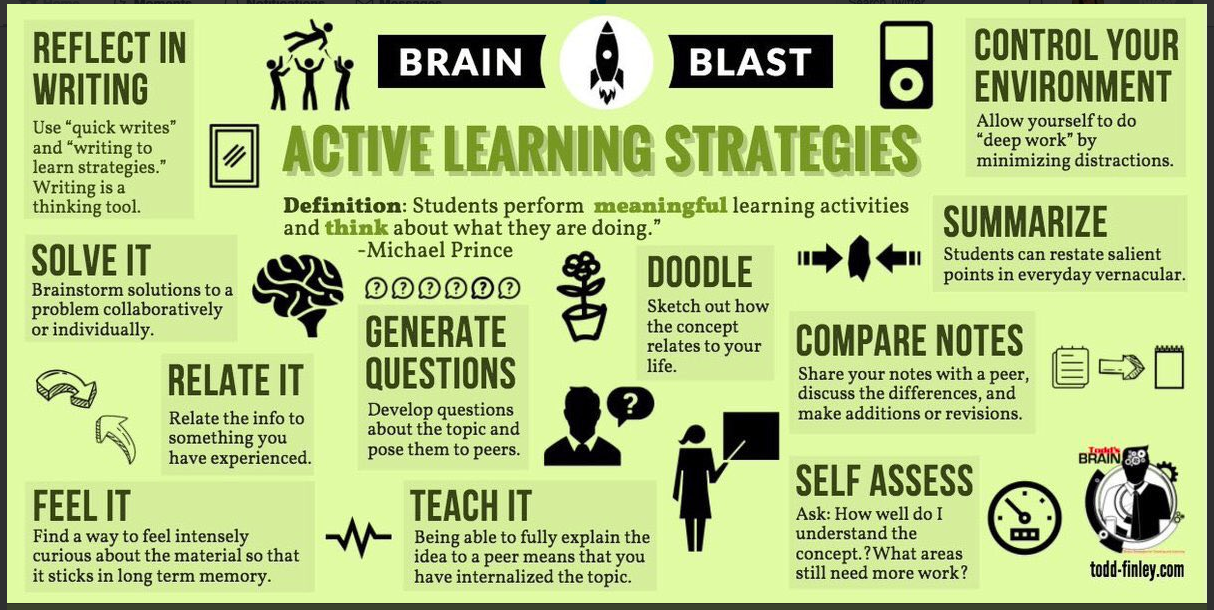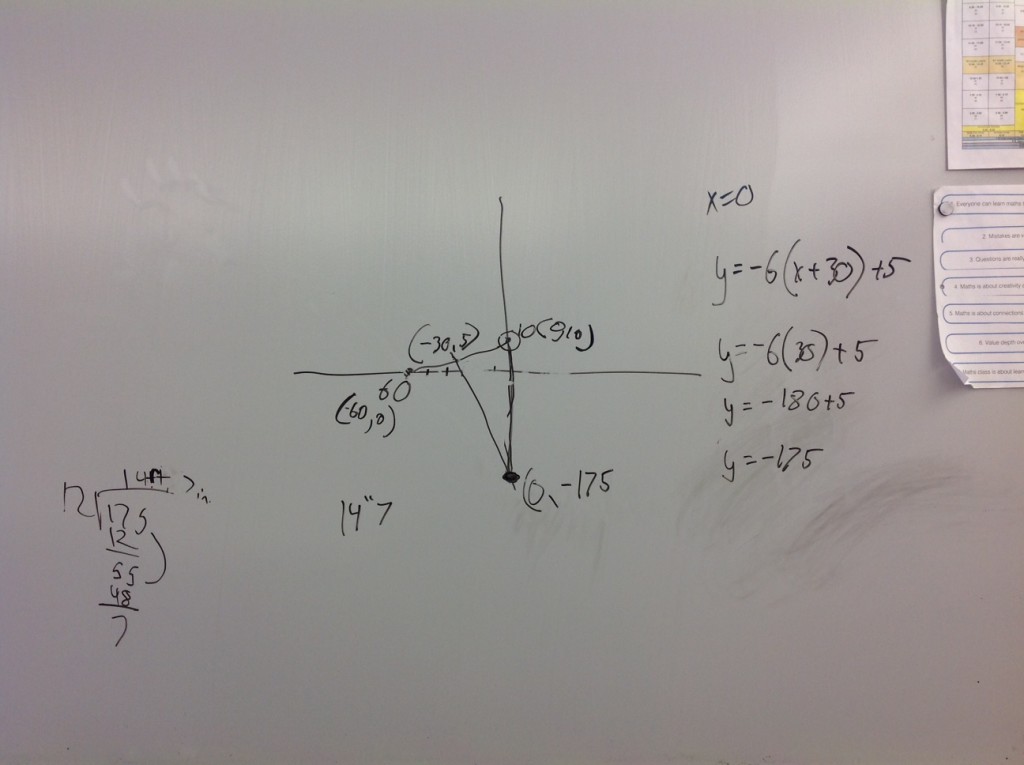One issue that seems to arise after teachers have been teaching with PBL for some time is the question of how students can remain active learners while listening, taking notes, comparing solutions, being engaged in discussion, etc. All student-centered mathematics classrooms now have this issue don’t they? Can a student learn well when they are being active in their learning? How do you allow them to both have agency by being part of the construction of knowledge but also have ownership by taking responsibility for the active part of learning.
Here’s a scenario: Grade 8 class has a student at the board presenting a method of factoring that is obviously confusing everyone – you know, they learned “the box method” somewhere else and are presenting it like it’s just a given that you are supposed to know this. I’m observing this and I’m seeing at least 5-7 looks of confusion, maybe 1-2 students who are following the student and at least 3-4 who have checked out totally – maybe drawing a tree in their notebook.
How do you maximize this moment? It is imperative that the teacher move in and ask questions that get at the student presenter’s understanding, especially if the other students are not asking questions. There may be an air of “oh god, I’m supposed to understand what this kid is talking about” and others will not be asking good questions.
The teacher can ask questions like:
“OK, good work that you have a method that works for you. Can you back up and explain how this method is showing what the factors of the quadratic are?”
“Let’s slow down a minute and see if there are any questions.”
“Why don’t you explain why you chose the number and variable you did for each box and what those boxes represent?”
“Can everyone else write down a question for …. and then we’ll share out.” (this can include making up a problem for those who do understand and seeing the presenter do another example)
These will bring the moment back to the group, wake them up to the fact that it’s OK to have questions and maybe an alternate method as well. The kids who have checked out might feel validated in checking out. But at the same time, checking out shouldn’t be an option. . How can we teach students to remain connected even when they really feel like all is lost? In PBL, it is most important for student to have the tools in order to do this.
Today I saw this infographic tweeted by Brian Aspinall (@mraspinall) that does an excellent job of summing up ways to have students remain engaged when they want to check out.
So many of these relate to the expectations for students in the PBL classroom. Some of my favorites are
1. Reflect in writing – hugely important for the introverts in the PBL classroom and to share the floor and authority.
2. Relate it – not only to “something” you’ve experienced but another problem that you might have done that is connected to it!
3. Control your environment – How engaged you are is really your decision – How can students minimize their own distractions? Of course day-to-day this will vary, and is developmentally different from grade 8-12 of course, but students, when aware of being distracted, can often find ways to get back into the work.
4. Self-Assess – this is one of my favorites – it keeps them engaged, makes them think critically and thinking ahead.
Allowing kids to know that doing all of these different behaviors in the math classroom is not only OK, but expected and encouraged, is part of teaching with PBL and encouraging the “active” in active learning.

